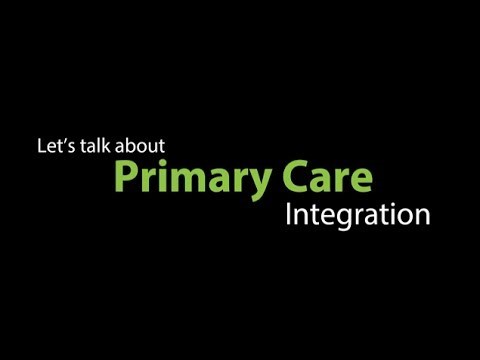Posted By Hope Alfaro On June 22, 2017
Working together: How can Public Health and Primary Care help improve population health?

Public health and primary care are natural partners for addressing the challenges in today’s healthcare system and solving the issues of population health. With the ever-changing landscape of healthcare and healthcare reform the need to work together to improve wellness and health outcomes has never been greater. In a value-based healthcare system, primary care providers like Federally Qualified Health Centers will be increasingly held accountable for population health improvement. Public Health departments also understand the importance of preventative healthcare and care coordination but may not always have the resources to provide full primary care.
By joining forces to share and analyze data, public health and primary care can develop stronger strategies to improve neighborhoods and the individuals who live there. Public Health’s understanding of data and the ability to deploy strategies that affect entire communities can be greatly improved by shared information and analytics. Electronic Health Records (EHR) solutions should be able to handle both the unique needs of Public Health Departments and Community Health Centers, but also have the ability to collect and provide important data that can educate and influence decisions affecting the entire community.
While the road may seem long and complicated, think of the basics first while you are planning and organizing partnerships.
Use data to determine issues you are interested in improving.
- Community health assessments provide a useful summary of the diseases and conditions affecting the population(s) in the community you serve.
- Electronic health records facilitate the ability to improve and measure health outcome and preventive care in clinical settings across entire communities.
- Geographic health information and digital maps create opportunities to visualize patterns, relationships, and trends in data that would otherwise not be apparent
If you work in primary care, is a local health department already working to address your health issue?
First, find out if there is a local health department that’s already working to address your health issue. Most departments provide the name and contact information for their directors online. You can also visit the National Association of City and County Health Officials (NACCHO) website, which offers a directory of local health departments. Similarly if you work in Public Health, you are likely to know and have a relationship with at least one primary care provider in your community. Leveraging existing relationships can help strengthen future partnerships.
The integration of public health and primary care will take work, a shared goal, and aligned leadership from both areas to meet and make steps to better serving their communities. Working together, public health and primary care have the opportunity to lower the number of people who need care and the cost of that care, improve the quality of clinical care and other services that they receive, and improve the overall health of communities
Resources
The Practical Playbook – Helping Public Health and Primary Care Work Together to Improve Population Health